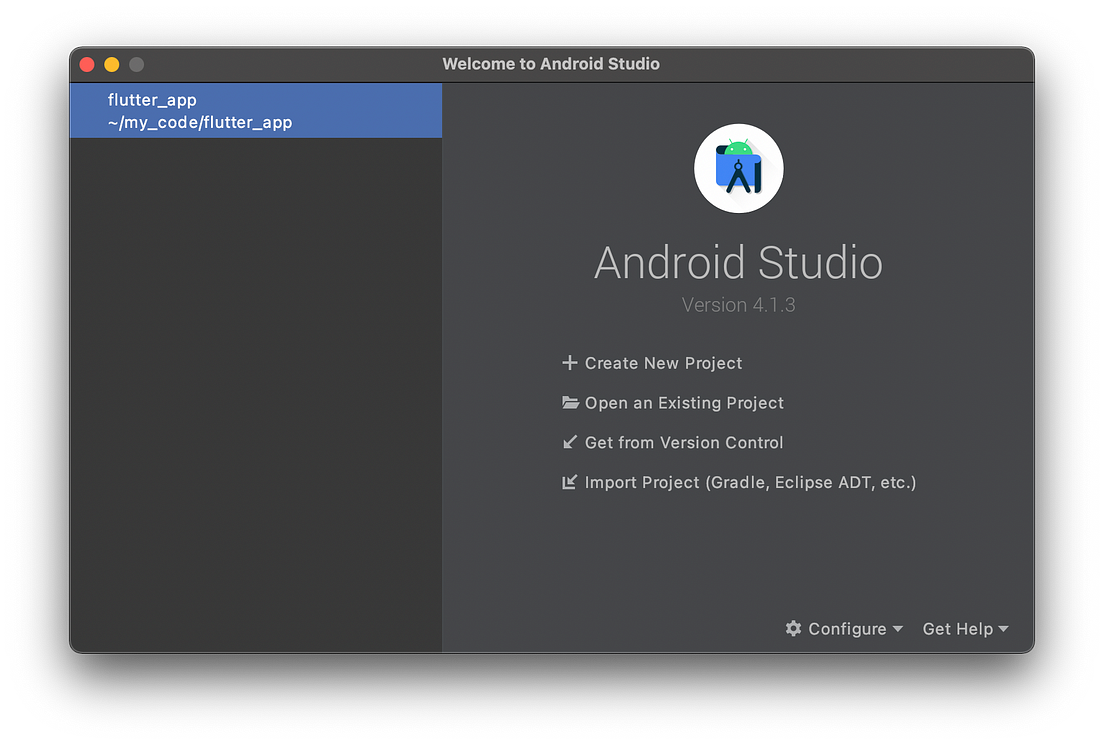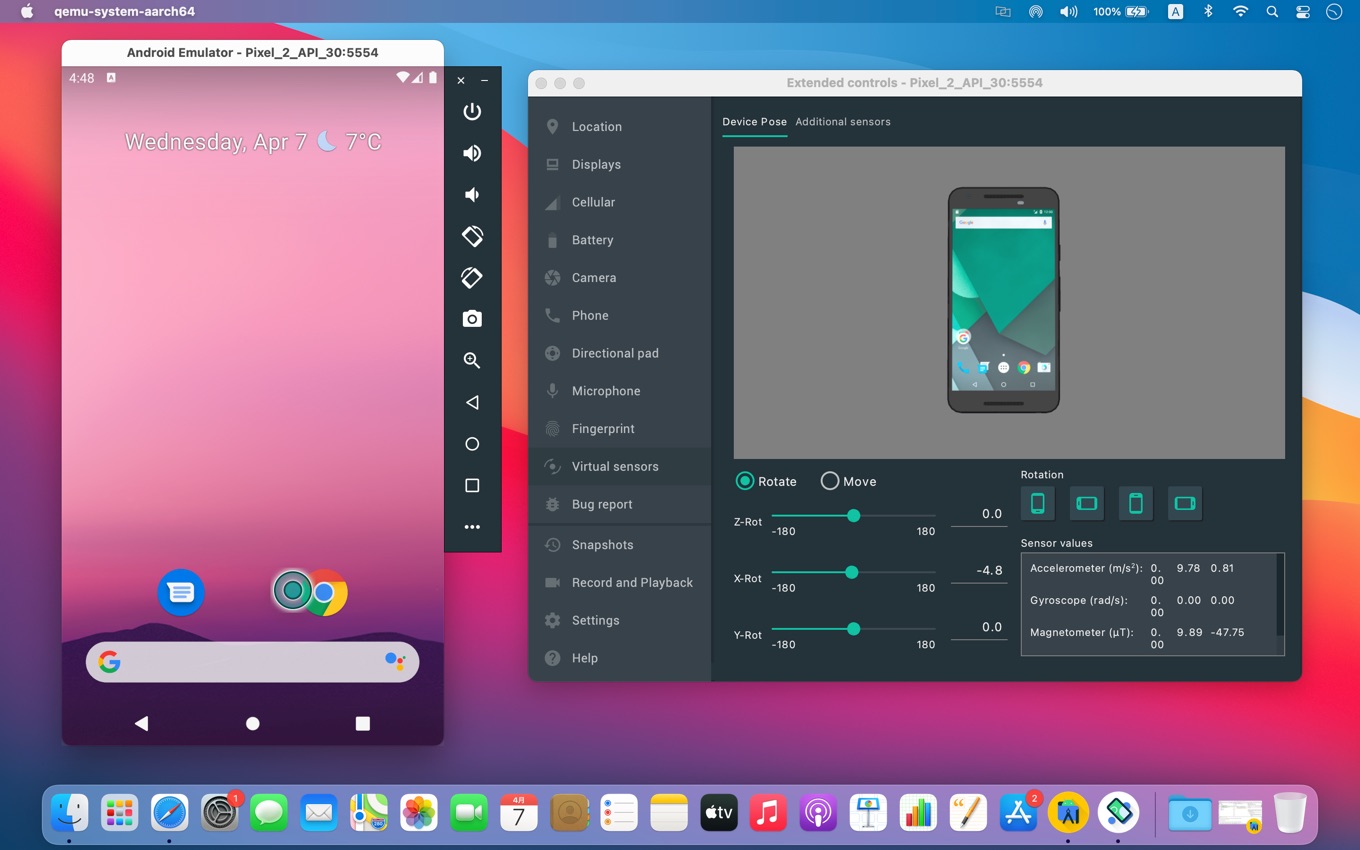Android Studio Emulator M1 Mac Download Best Android Emulators for Window and Mac PC. These are the 10 best Android Emulators. Install any of these and try playing Android apps on your PC. Don’t forget to give us your view on these tools. Bluestacks 2 Android Emulator. Apr 14, 2021 Any you know what, unlike Android Studio (which is still Intel based compiled), the M1 Emulator is Apple M1 Device compatible!! No wonder it works so fast! Known Limitation (to me).
You can come across numerous reasons why you would want to run Android emulators on your PC. App developers may be trying to test their application before sending it out.
Just to clear the mist, Android emulation on PC is possible and it’s a lot easier than it used to be. Some old favorites either left the space or become unusable but everything else here should work okay for most people. Check out the best emulators for PC and Mac.
Top 15 Best Android Emulators For PC – September 2021


1. LD Player
LDPlayer is an Android emulator for gamers, running Android Nougat 7.1. It features the usual plate of gamer-oriented features, including good keyboard mapping controls, multi-instance, macros, high FPS, and graphical support. This is one of the few emulators on the list that gets active updates nearly every month. It supports a whole lot of games, including Garena Free Fire, Clash of Clans, Black Desert Mobile, and many others.
2. Android Studio’s Emulator
Android Studio comes with a bunch of tools to support developers make apps and games, particularly for Android. Fortunately, there is also a built-in emulator that you can put to use to test out your app or game. The setup is rather complicated and it can take a long time not recommending it to consumers. However, developers can simply use this tool as their emulator for testing their apps. It also supports Kotlin in case developers want to try that out.
3. ARChon
ARChon is one which you install it as a Google Chrome extension. It then gives Chrome the ability to run Android apps and games and turns out, it’s not an easy emulator to get running. You’ll have to install the thing to Chrome. From there, you have to obtain APKs and load them in. There are a lot more steps to make this work than most other Android emulators for PC.
4. Bliss OS
Bliss works as an Android emulator for PC via virtual machine. However, it can also just flat run on your computer via a USB stick. The boot-from-USB option is definitely a power user option and not recommended for less intense usage. The USB installation method seems more complicated, but it lets your computer actually run Android natively from boot. The system runs Android Oreo and that’s among the newer versions of Android offered on an emulator.
5. Bluestacks
Bluestacks is a mainstream of all Android emulators. It was also one of the first that worked really well still getting regular updates. The emulator targets mobile gamers. There is a sterotype associated with Bluestacks because it can feel a little bloated at times. Bluestacks 4 (launched in 2018) is focused to fix that with mixed results. It also includes key-mapping and settings for many games installed. That should help make things much easier. Bluestacks also made the MSI App Player, another form of spectacular emulator that some believe works better than vanilla Bluestacks.
6. Gameloop
GameLoop, formerly known as Tencent Gaming Buddy, is an Android emulator for gamers. In fact, Tencent calls it the official emulator for its games, including Call of Duty: Mobile and PUBG Mobile. This emulator is not good for productivity or developmental testing.
7. Genymotion
This Android emulator stands majorly for developers. It lets you test your apps on a variety of devices without ownership. You can configure the emulator for a variety of devices with various versions of Android to help suit your needs. To exemplify, you can run a Nexus One with Android 4.2 or a Nexus 6 with Android 6.0. You can easily switch between virtual devices at will. It’s not great for consumer uses, but Genymotion does offer their services for free for personal use.
8. MEmu
MEmu is another upcoming Android emulators that seem to get along with gamers. The biggest characteristic is that it supports both AMD and Intel chipsets. It’s nice to see developers specifically pay attention to AMD’s platform. Plus, it supports Android Jelly Bean, Kit Kat, and Lollipop. You can even run multiple instances at once for multiple games or testing features. Its most recent update was in mid-November 2019 and that updated added smart keymapping along with the usual performance improvements and bug fixes.
9. Nox

Nox is another Android emulator that includes the usual stuff like key-mapping with your keyboard, actual controller support, and even the ability to key-map gesture controls. For instance, you can assign the function to swipe right to an arrow key and use that in a game without actual hardware controller support.
10. Phoenix OS
Phoenix OS is one of the newer versions of Android emulators for PC. It boasts a gamer experience. However, it also boasts a desktop-like experience so it actually works pretty well for productivity as well. It features Google Play Services, although updating those services can be a task sometimes. Phoenix OS also runs Android 7.1 which is relatively modern for an Android emulator. You can download the emulator from its official website and its forums are housed on XDA-Developers.
11. PrimeOS
Android Studio Emulator M1 Mac Version
PrimeOS is kind of an exception in the Android emulator space. Not actually an emulator, you install this as a partition on your computer and it boots up running native Android. It’s a gamer-focused Android experience, although you can totally use this for productivity if you really want to. PrimeOS includes a gaming centre, support for mouse and keyboard, and access to most Android apps and games.
12. Remix OS Player
Remix OS Player runs Android Marshmallow and that’s still relatively new compared to many of the others on the list. The installation process is pretty simple and it is comfortable to use too. It caters mostly to gamers. There are a few gamer specific features along with a customizable toolbar. It boasts features like running multiple games at once.
13. Xamarin
Xamarin is an IDE similar to Android Studio with the only difference that it can plug into things like Microsoft Visual Studio for an even larger development environment. Also, like the Android Studio, this comes with a built-in emulator for app or game testing. The setup is simply too tedious for regular consume use. It’s free for personal use. Companies and larger teams may have to negotiate a payment plan.
14. YouWave
YouWave is one of the older Android emulators for PC. The free version uses Ice Cream Sandwich. Shelling out the $29.99 will get you the Lollipop version. There are no major issues with either one. The installation process was easy enough. It doesn’t have any game specific features but it will still play games.
15. Build your own
You need to download VirtualBox. You then have to download an image from Android-x86.org. From there, it’s just a matter of finding one of the many guides online and following the steps. This is easily one of the more difficult methods, but still not quite as tedious or difficult as setting up a whole IDE like Android Studio or Xamarin.
Using Android Studio Emulators in M1 Mac:
Previously, when M1 Macbooks were released, Android studio didn’t have any support for emulators. Google has released a different preview build for emulators. You can check this build here.
The problem with this preview build is that you can’t change the emulator device type. It works, but if you want to test your application on different device or different screen sizes, there was no other option available.
Recently, they released one change to the Android Studio SDK manager and downloading an extra emulator is no loger needed now.
In this post, I will quickly show you how to create Android Emulators on M1 chipset mac in Android Studio.
How to do that:
First, make sure that you have the latest Android Studio installed. If you have 4.1.2 or later Android studio version, this will work.
Android Emulator For Mac M1
First, start AVD manager. If you haven’t created any AVD or android virtual device before, you will find it in Tools->AVD Manager.
Click on Create new virtual device button. It will show you a list of different devices. You can select any of these phones.
Android Studio Emulator M1 Mac Os
- Click on next. It will show you a list of system images. Basically, it shows different images for different Android Versions that can be used with the current AVD. Make sure to select the ‘Other image’ tab. Images listed under this tab are designed for Macbook M1.
Android Studio On M1
That’s all. It will create one emulator using that selected image. You can also create different virtual devices using the same image.